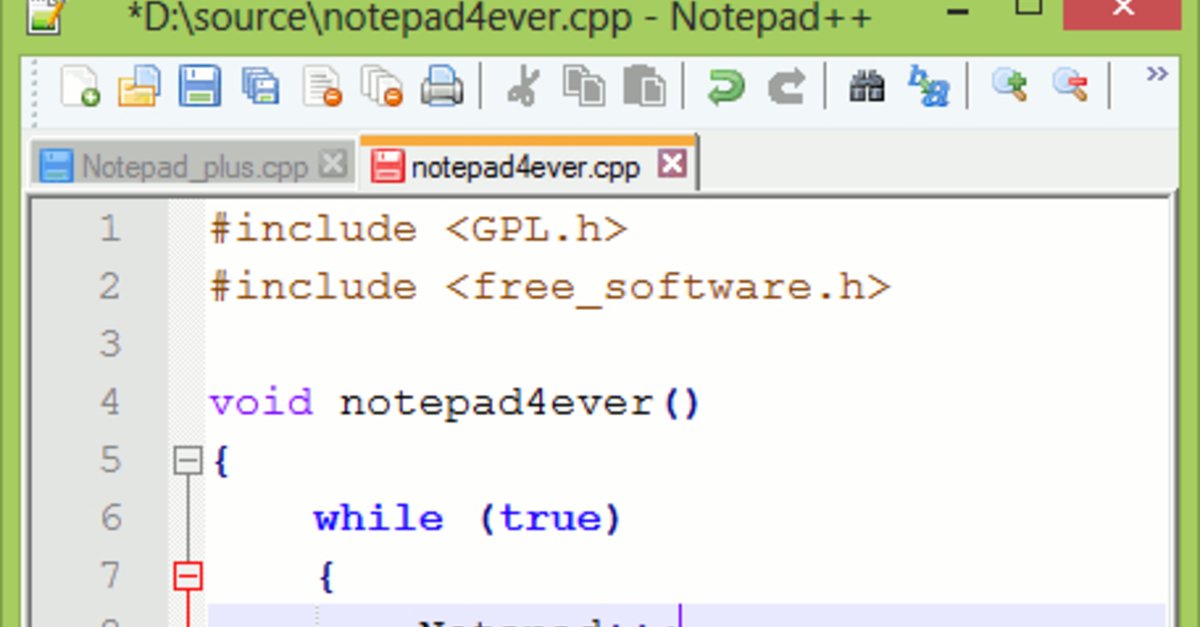
This line will create a new console project in the UseWin32 folder. With these prerequisites, you can create a new console application in the command line with: dotnet new console -o UseWin32

NET 5.102 installed in your machine and you must be using Visual Studio 16.8 or newer. Instead of using the traditional PInvoke (which you must go to to get the signatures and structures, add them as external methods and call them), you can use C#/Win32, developed to simplify the usage of Win32 APIs. One interesting use of this feature was used by the Windows SDK Team for using the Win32 APIs in our C# code. Once the file has changed (and thus the class structure), a new class would be created.
#Win32 api gettimestamp as file time generator
Add an attribute to your code to generate boilerplate code: you can add an attribute to a private member and the code generator will add the property and the INotifyPropert圜hanged to your class.

When compiling the code, the C# compiler can generate extra code and add it to your project, thus complementing your code. One of the interesting things that C#9 brought is the introduction of Code Generators.


 0 kommentar(er)
0 kommentar(er)
